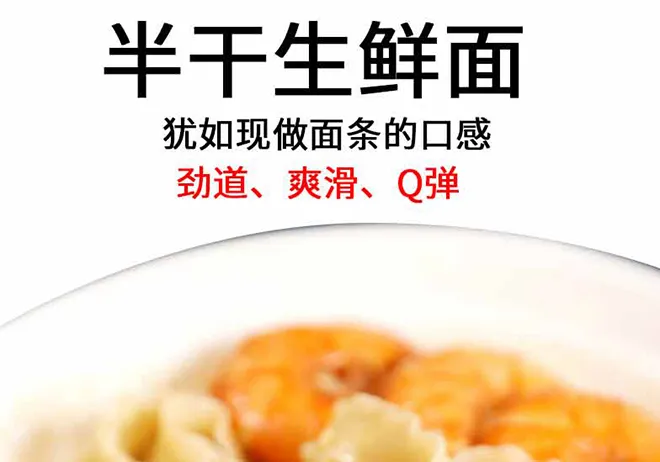what are soba noodles gluten free
Are Soba Noodles Gluten Free?
Soba noodles, a traditional Japanese food staple, are beloved for their unique flavor, versatility, and nutritional benefits. Made primarily from buckwheat flour, these thin noodles have gained popularity not just in Japan, but around the world. However, for individuals with celiac disease or gluten sensitivity, one common question arises Are soba noodles gluten free?
Understanding Buckwheat
First, it’s essential to understand what buckwheat is. Despite its name, buckwheat is not a type of wheat; it’s a seed that comes from a plant related to rhubarb. This makes buckwheat naturally gluten free, making it a great alternative for those avoiding gluten. Soba noodles made solely from 100% buckwheat flour can be an excellent gluten-free option.
The Common Ingredient Mix
That said, not all soba noodles are created equal. Many commercial soba noodles are made with a mixture of buckwheat flour and wheat flour, typically in proportions such as 80% buckwheat to 20% wheat. This blend helps to create a firmer texture and is often more cost-effective for producers. Unfortunately, this means that mixed soba noodles contain gluten and are not suitable for gluten-sensitive individuals.
How to Choose Gluten-Free Soba Noodles
what are soba noodles gluten free

For those looking for gluten-free options, it’s crucial to read labels carefully. When shopping for soba noodles, look for products labeled as 100% buckwheat or gluten-free soba. Many Asian grocery stores and health food stores offer pure buckwheat soba noodles, and more brands are starting to recognize the demand for gluten-free products. Additionally, some manufacturers have started producing soba noodles that combine buckwheat with other gluten-free grains, such as rice or millet, providing a variety of options in terms of taste and texture.
Cooking with Soba Noodles
Soba noodles are incredibly versatile and can be enjoyed in various dishes, whether hot or cold. They can be served in soups, stir-fried, or tossed in salads with fresh vegetables. When preparing soba noodles, it’s essential to cook them properly to ensure the best texture. Traditionally, they should be boiled for about 4 to 6 minutes, depending on the thickness. For a delightful dish, serve them chilled with a dipping sauce made from soy sauce, mirin, and sesame oil, garnished with green onions or seaweed.
Nutritional Benefits
One of the appealing aspects of soba noodles is their nutritional profile. Buckwheat is a good source of protein, fiber, and essential nutrients like manganese, magnesium, and phosphorus. Compared to traditional wheat noodles, soba noodles offer a lower glycemic index, which can be beneficial for blood sugar management. Moreover, the presence of antioxidants in buckwheat can contribute to overall health and well-being.
Conclusion
In conclusion, while buckwheat soba noodles are gluten free, it is vital to be cautious when purchasing them, as many varieties on the market will contain gluten due to the inclusion of wheat flour. Gluten-free individuals should always check product labels to ensure they are buying 100% buckwheat soba noodles. With their delicious flavor and remarkable health benefits, soba noodles can be a delightful addition to any gluten-free diet, offering a unique taste of Japanese cuisine without the worry of gluten. Whether enjoyed in a traditional dish or infused with new flavors, gluten-free soba noodles can be relished by everyone, making them an excellent choice for those looking to explore plant-based and gluten-free ingredients.
-
Unleash Your Inner Chef with Delectable Italian Pasta CreationsNewsAug.01,2025
-
Savor Health and Flavor: Irresistible Soba Noodles for Sale Await!NewsAug.01,2025
-
Nourish Your Body with Premium Organic Ramen - A Culinary Delight AwaitsNewsAug.01,2025
-
Elevate Your Dishes with Our Exquisite Kinds of Egg NoodlesNewsAug.01,2025
-
Dive into Flavorful Convenience with Our Ramen OfferingsNewsAug.01,2025
-
Discover Exquisite Types of Naengmyeon and Chilled Soba NoodlesNewsAug.01,2025
-
Is Whole Wheat Pasta Healthy?NewsMay.30,2025
Browse qua the following product new the we

















































































































